The rules for achieving “Ace” status were established during the First World War when the aerial battles of famous pilots were followed in the newspapers with all the avidity of sporting results.
In WWII five confirmed air‑to‑air victories became established as the tally required to give a pilot Ace status.
Hundreds of pilots became Aces in the Second World War due to the vast scale of the aerial conflict. Proportionally the number of Aces different air forces produced stayed roughly the same and only about five percent of their combat pilots became Aces.
The launch of Blood Red Skies: The Battle of Midway required a slightly different approach to the previous starter game (The Battle of Britain), in that due to the nature of the Pacific Theatre, we could not ignore those who attained Ace status flying bombers.
Introducing Bomber Aces
The Blood Red Skies Ready Room (a Facebook page dedicated to the game) recently interviewed Blood Red Skies game designer Andy Chambers about this exciting addition to the game!
RR: Hi Andy. BRS is getting a new starter set, with the focus moving to the Pacific War and the Battle of Midway. On the grapevine we’ve heard one of the new features will be bomber aces…
AC: Yes. Though not in the starter set there will be some new Aces introduced that are specifically associated with bombers. We couldn’t really do Midway without some of the personalities involved, and unlike the Battle of Britain, which we did in the old Starter set, there are a number of these who were flying in bombers, like Dick Best or Joichi Tomonaga.
RR: Great, so how will these be integrated into the game?
AC: In historical scenarios they will just be added to the bomber force. In points-based games you need to deduct their values from your points pool, even though they are flying bombers.
RR: OK – that could be a significant chunk of points?
AC: Yes and no. Because Bomber Aces are only really useful in ground or ship attack scenarios their points are reduced. Most are going to cost around 75-80 points rather than the 120+ of most fighter aces, or the equivalent of 3 Pilot Skill levels. In return, you get a Pilot Skill 5, and special skills that will enhance the rest of their Squadron capability. It’s a trade-off.
RR: Bombers are “free” in scenarios. Do you add the Ace and his plane to the Squadron?
AC: Just the Ace. They take over one of the planes in the Squadron rather than add another plane. The Aces will be packaged with their own plane, but this is so players can paint up the specific Aces planes just like we do with the fighters.
RR: Will there be more bomber aces going forward?
AC: Hopefully yes, but ultimately that will depend on how popular they prove with the Blood Red Skies community. There are so many to choose from it would seem to be a shame not to.
Coming to Pre-Order
The following pilots will be gearing up to hit the Warlord Webstore (Saturday 11 December):
Japanese Ace Pilot: Satoru Anabuki – Ki-43 ‘Oscar’
Satoru Anabuki was born in Kagawa Prefecture and graduated from the Tokyo Army Aviation School in April 1941. He served with the 50th Sentai (squadron) in the conquest of the Philippines, claiming his first three victories. In 1942 Satoru’s squadron was re-equipped with Ki-43 Hayabusa (Oscar) fighters in Japan and moved to Burma. In 1944 he was assigned as a flight instructor in defence of the Home Islands, but later returned to combat in the Philippines flying the new Ki-84 Hayate, claiming four F6F Hellcats. His final victory was against a B-29 Superfortress flying over Honshu. Anabuki survived the war with perhaps as many as 53 victories, although many these claims are disputed.
Japanese Ace Pilot: Joichi Tomonaga – B5N ‘Kate’
Tomonaga was born in Nagan prefecture in 1911 and fought in the Second Sino-Japanese War in 1937. He was assigned to the carrier Hiryu at the outbreak of WW2 and led a squadron of B5N torpedo bombers during the attack on Pearl Harbor. Tomonaga went on to fight at Wake Island and Ceylon before joining the invasion force for Midway in 1942. At Midway, Tomonaga led the Kido Butai’s air group against the island itself, reporting back that a second strike would be needed. When disaster overtook the IJN carriers at Midway, Tomonaga volunteered to pilot a damaged plane in a last, desperate strike against the Americans.
Japanese Ace Pilot: Takashige Egusa – D3A1 ‘Val’
Egusa was born in Hiroshima and graduated from the Etajima Naval Academy as a dive bombing specialist in 1930. He fought in China and was later stationed on the carrier Soryu where he became commander of an Aichi D3A (Val) dive bomber squadron. Egusa led his squadron during the Pearl Harbor raid, hitting USS Nevada, and in later campaigns over Java, Wake Island, Ambon, the raids on Port Darwin in Australia and Ceylon. Egusa met his end in June 1944 during the Marianas campaign, brought down by flak from the USS Lexington.
US Ace Pilot: David McCampbell – F6F Hellcat
David McCampbell was the United States Navy’s highest scoring pilot, and the all-time F6F Hellcat Ace with 34 aerial victories. McCampbell joined the US Navy before the war and served as a landing signal officer. He survived the sinking of USS Wasp near Guadalcanal in September 1942 and returned to the United States as an instructor until August 1943. McCampbell formed fighter squadron 15 (VF-15) in September 1943 and soon became commander of the USS Essex carrier air group (AG-15). In his combat flying career, McCampbell achieved several incredible feats including achieving Ace-in-a-day on three occasions – including twice in a single day! On that occasion during the Battle of Leyte Gulf on 24th October 1944 he shot down nine enemy fighters (seven Zeros, two Oscars) in a single engagement.
US Ace Pilot: Dick Best – Douglas Dauntless
Richard Halsey ‘Dick’ Best graduated with honours from the United States Naval Academy in 1932 and transferred to naval aviation in 1934. He joined the USS Lexington in 1936, later taking an instructor role before moving to dive bombers. He was assigned to USS Enterprise in 1940 and rose to squadron commander of VB-6. When WW2 broke out, Best participated in several raids against the Japanese as part of Enterprise’s air group, but he is remembered for his actions in the Battle of Midway in 1942. There, Best fatally struck the IJN carriers Akagi and Hiryu. He was awarded the Navy Cross and the Distinguished Flying Cross for this incredible achievement, but it was also the last time he flew in combat. Faulty oxygen supplies damaged Best’s lungs during the battle and he was medically retired in 1943.
US Ace Pilot: Lawrence Steffenhagen – Douglas Devastator
Lawrence F. Steffenhagen was born in Minnesota in 1912 and graduated from the University of Colorado in 1936. Steffenhagen shipped out with the USS Lexington as a member of the United States Naval Reserve and flew a TBD-1 Devastator as part of VT-2, the carrier’s Torpedo Squadron 2. On 7 May 1942 Steffenhagen participated in a successful attack on the IJN carrier Shoho, braving enemy fire to score one of the five torpedo hits that sank her. Steffenhagen earned the Navy Cross for his heroism. He went on to earn a Gold Star to his Navy Cross in 1945 leading USS Wasp’s Torpedo Squadron 86 in a highly successful raid on the IJN’s Kure naval base in Honshu.
The Battle of Midway
Blood Red Skies is a tabletop miniatures game in which you take command of a force of fighter aircraft in battle. The emphasis in Blood Red Skies is on controlling a large number of planes at once. Action in the game is fast-paced, with no pre-plotting or book-keeping required. A smallish game of Blood Red Skies, with six planes per side, can be fought in forty-five minutes or less.
A force is comprised of iconic World War 2 fighter aircraft using the dynamic ‘Advantage’ system. Opposing pilots can also use card-based aircraft traits, doctrines, Ace skills and theatre rules to make the most of their planes and fighting environment.
The Battle of Midway starter set contains everything you need to get playing, including rules, tokens, dice, game cards, and crucially 12 highly detailed Warlord Resin aircraft with which to battle.
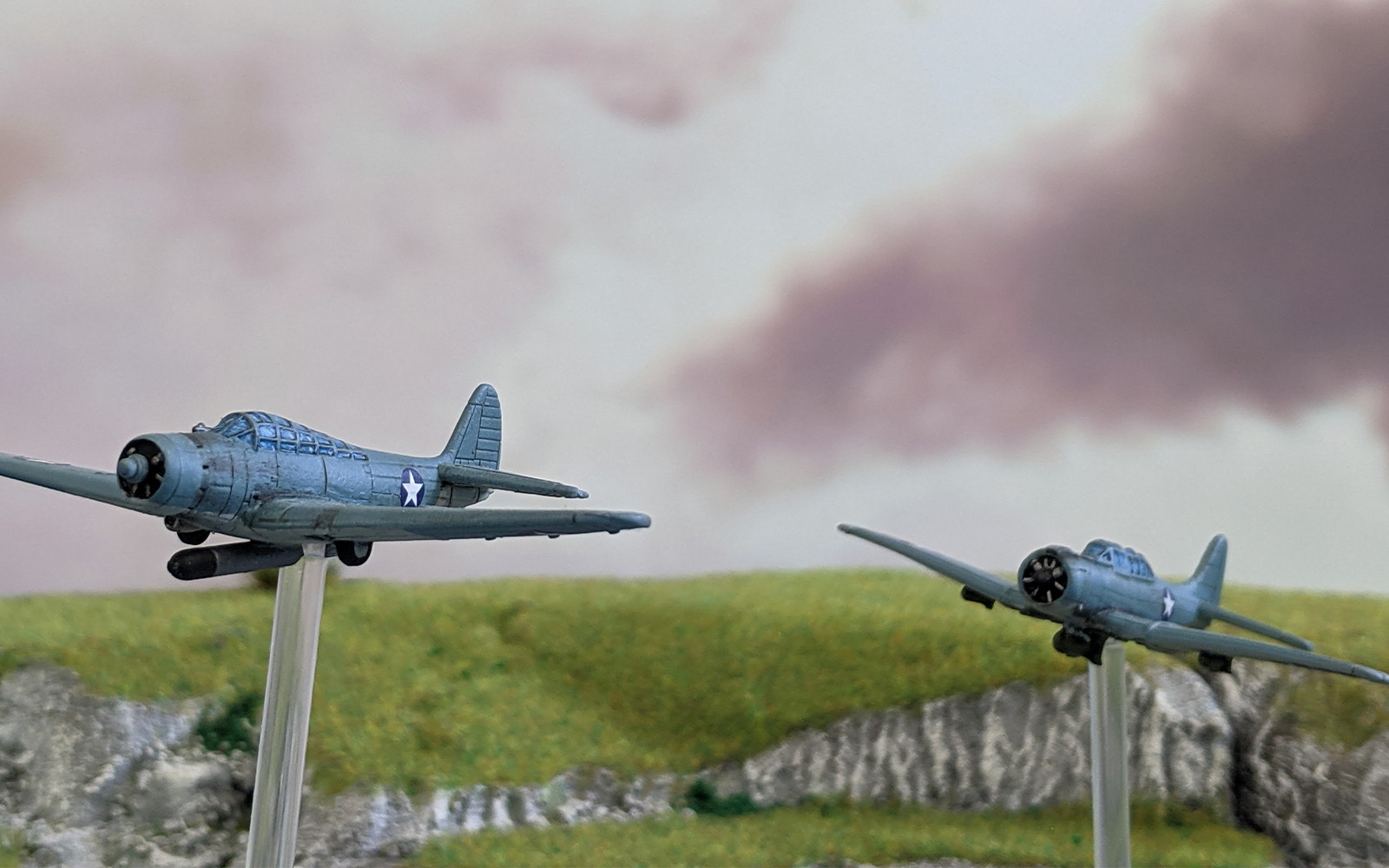
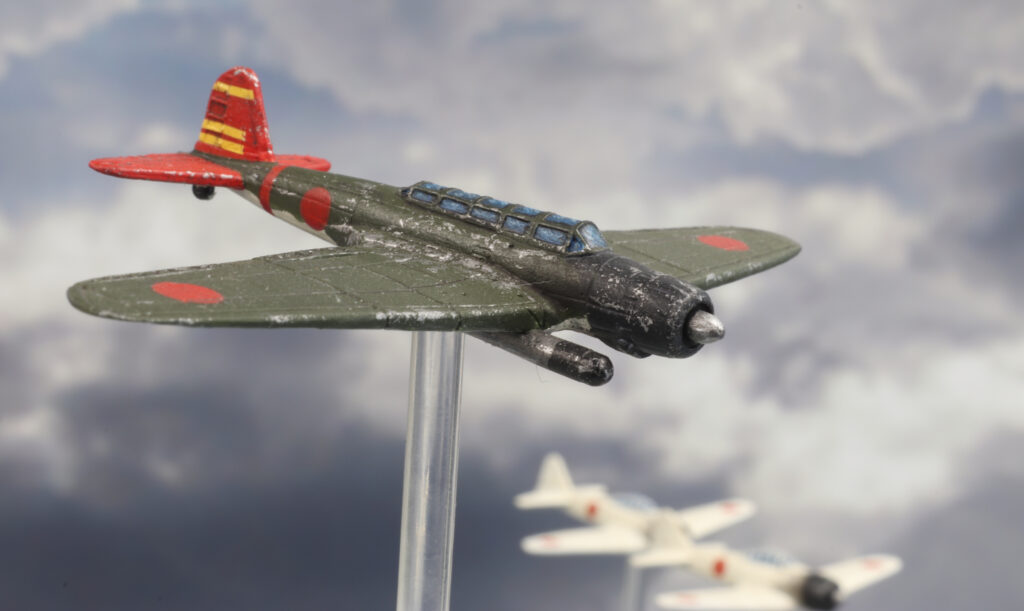
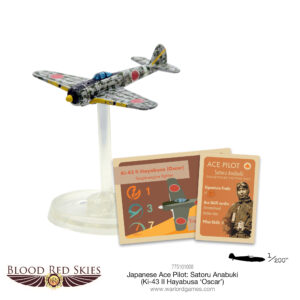
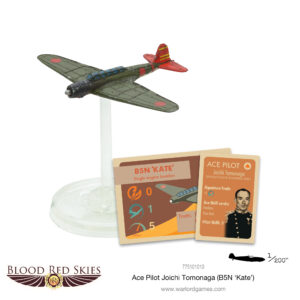
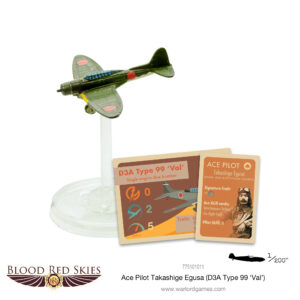
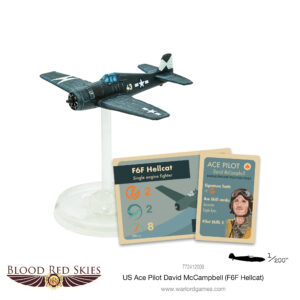
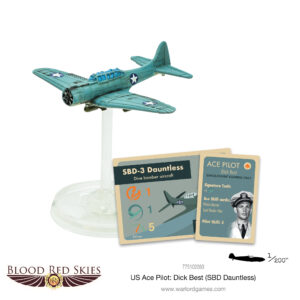
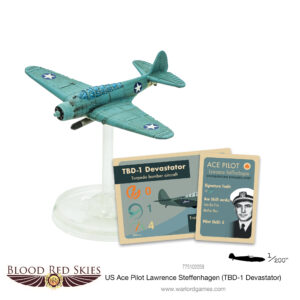
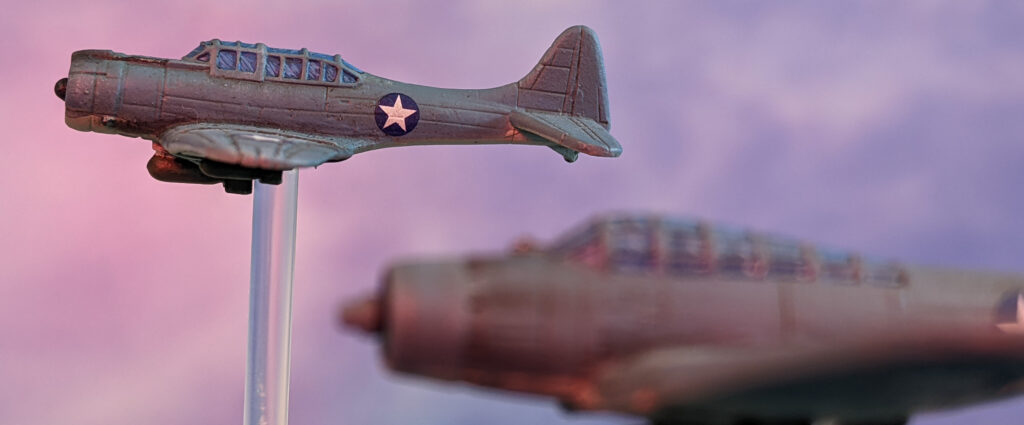

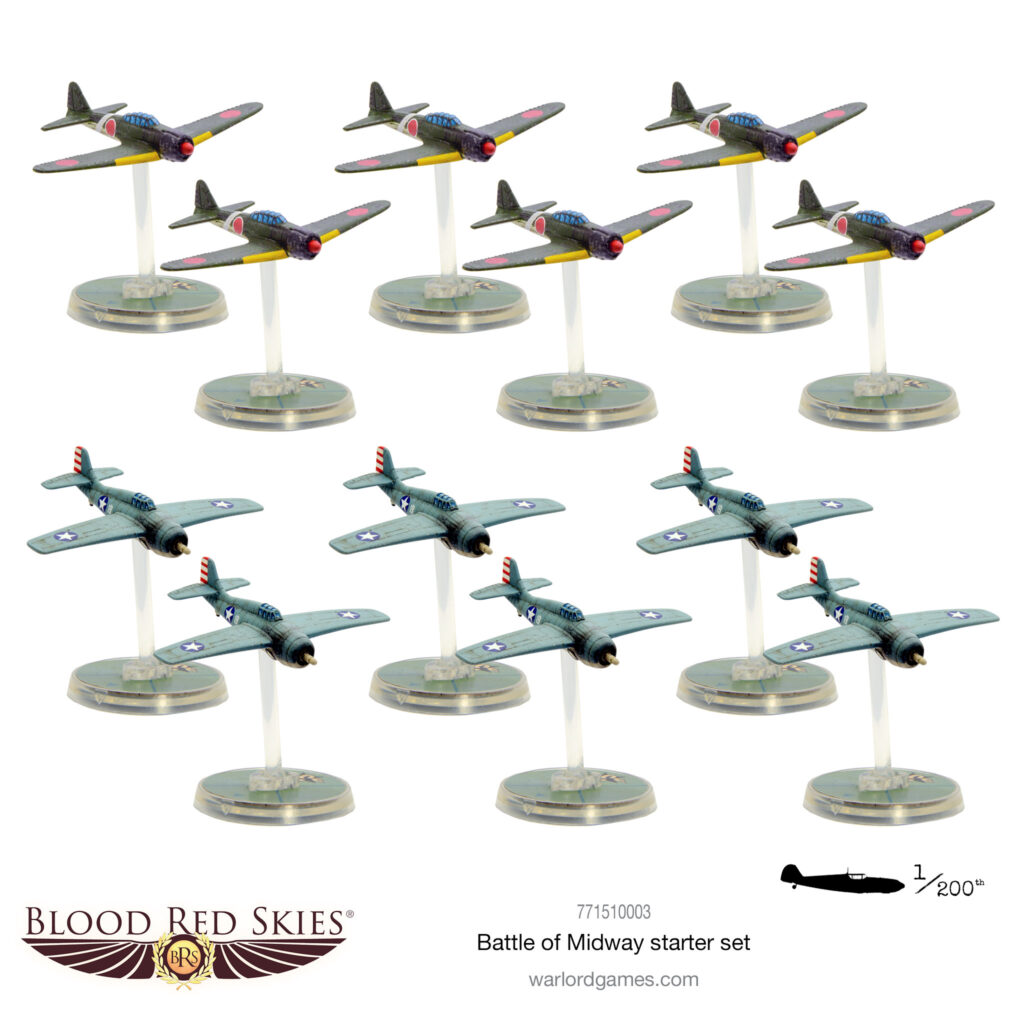
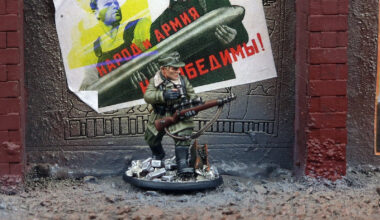
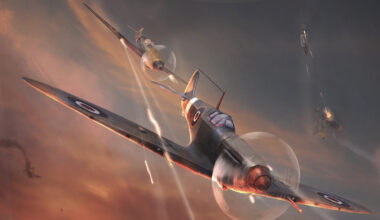
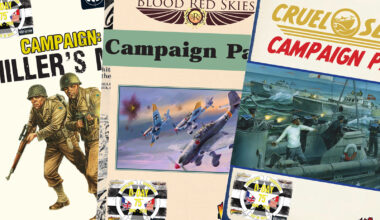
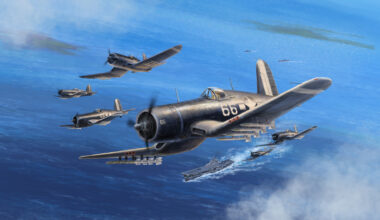
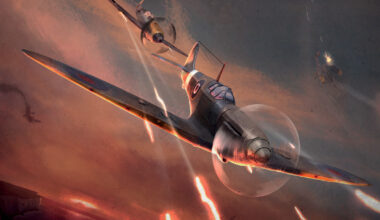
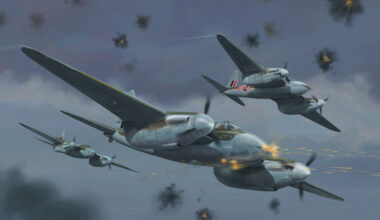
1 comment
Hey Dan,
I can’t help but notice the BRS absence of U.S. Ace Richard “Dick” Bong with 40 confirmed kills. Though not a Midway pilot, what else is coming out for the Pacific? Most of Dicks kills were against experienced Japanese pilots in the early war, New Guinea, Guadalcanal and more. And his kills span all of the war in the Pacific mostly in a P-38s (downed more Japanese aircraft in the Pacific war than any other fighter). Yes, early versions sent to northern Europe had problems (early Engine Rotation design & altitude with cold. And for northern Europe, the Lightning should have been converted from Allison to Merlin power). But having said that, in the hands of an experienced pilot the P-38J was a beautiful beast! Major John Mitchell led 16 P-38s to attack and kill Japan’s Admiral Isoroku Yamamoto on April 18, 1943, the mission spanned about 420 miles. Let’s see some P-38Js soon and Ace Dick Bong! He was America’s “Ace of Aces”.
Comments are closed.